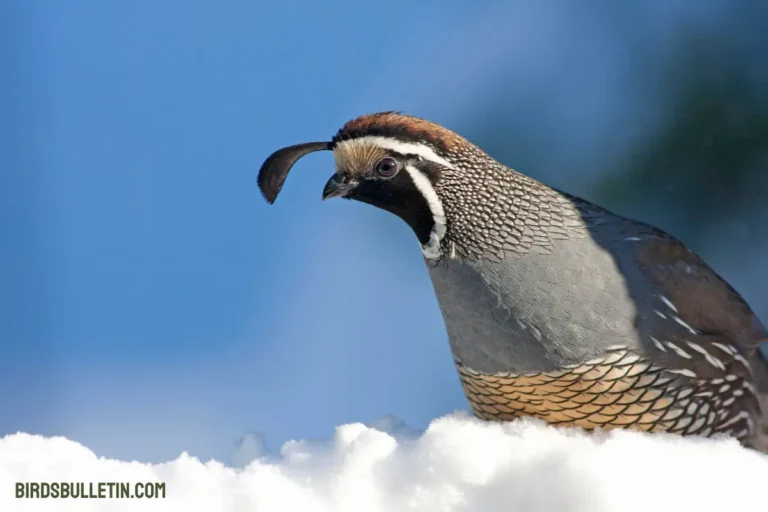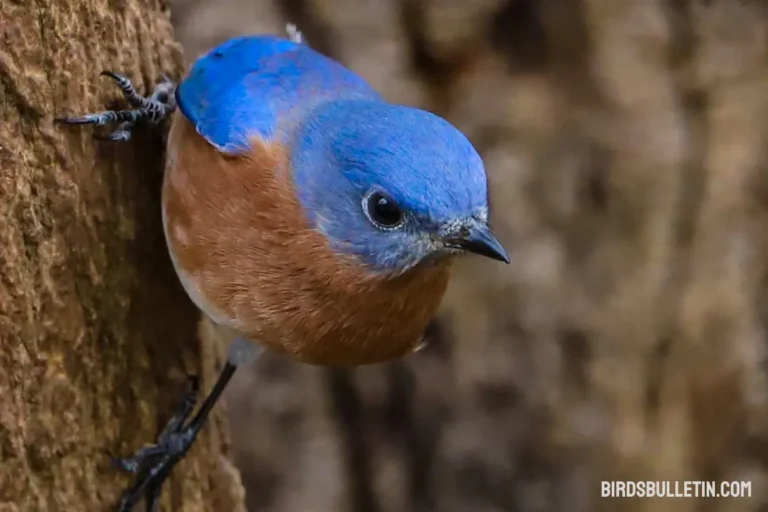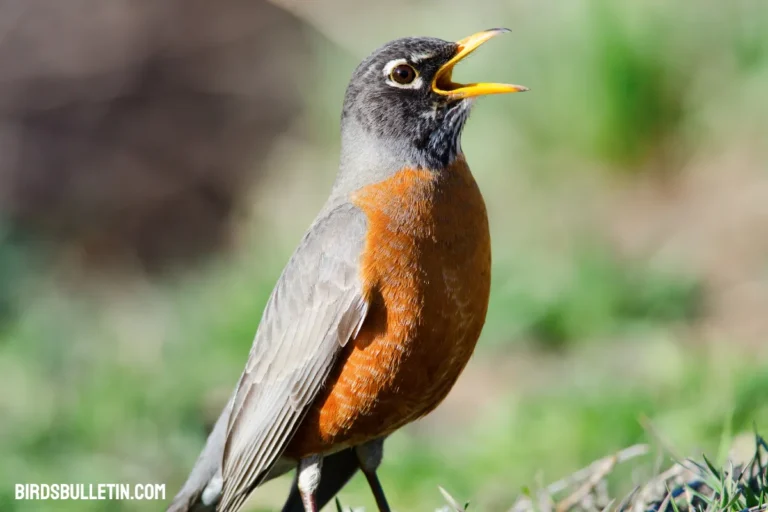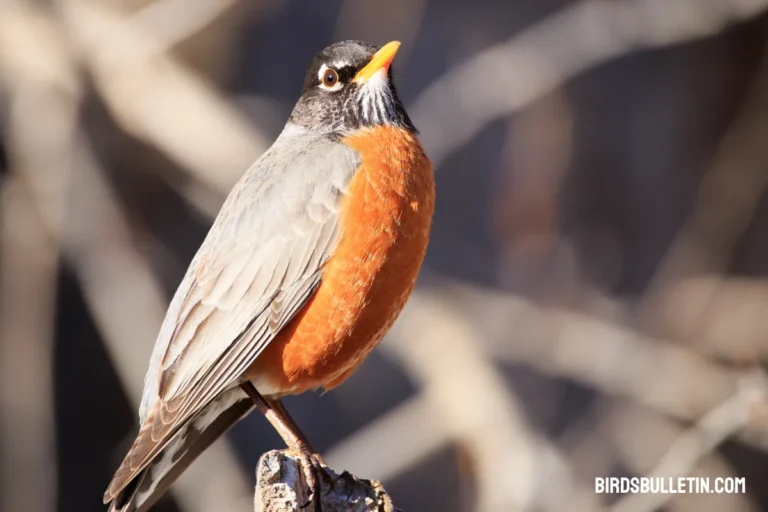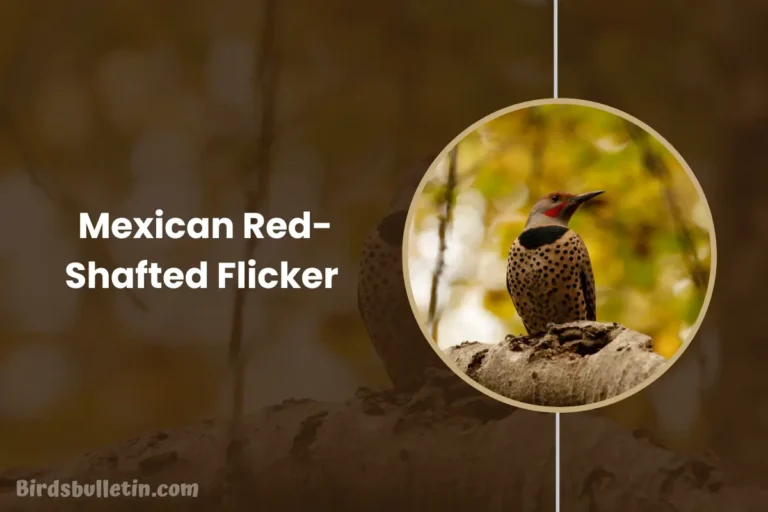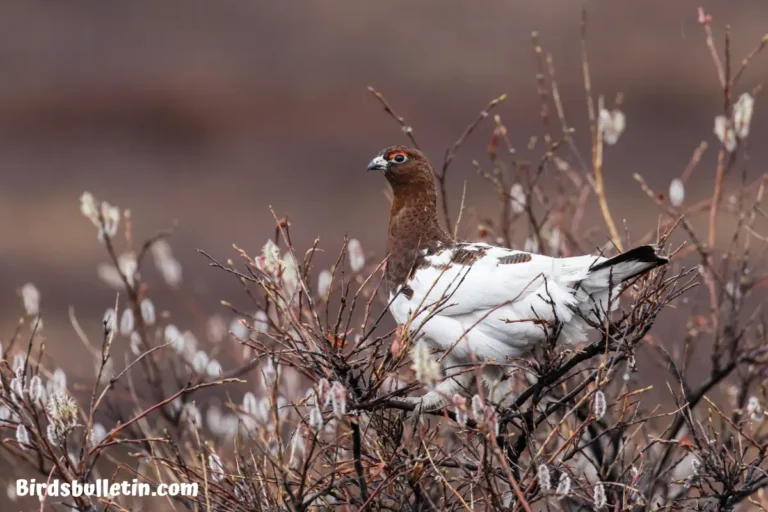Logopus Logopus Koreni Overview
Lagopus lagopus koreni, commonly known as the Siberian Willow Ptarmigan, is a captivating bird species that inhabits a vast region from Siberia to the Kamchatka Peninsula. Its remarkable adaptations and wide distribution make it a subject of interest for ornithologists and nature enthusiasts.
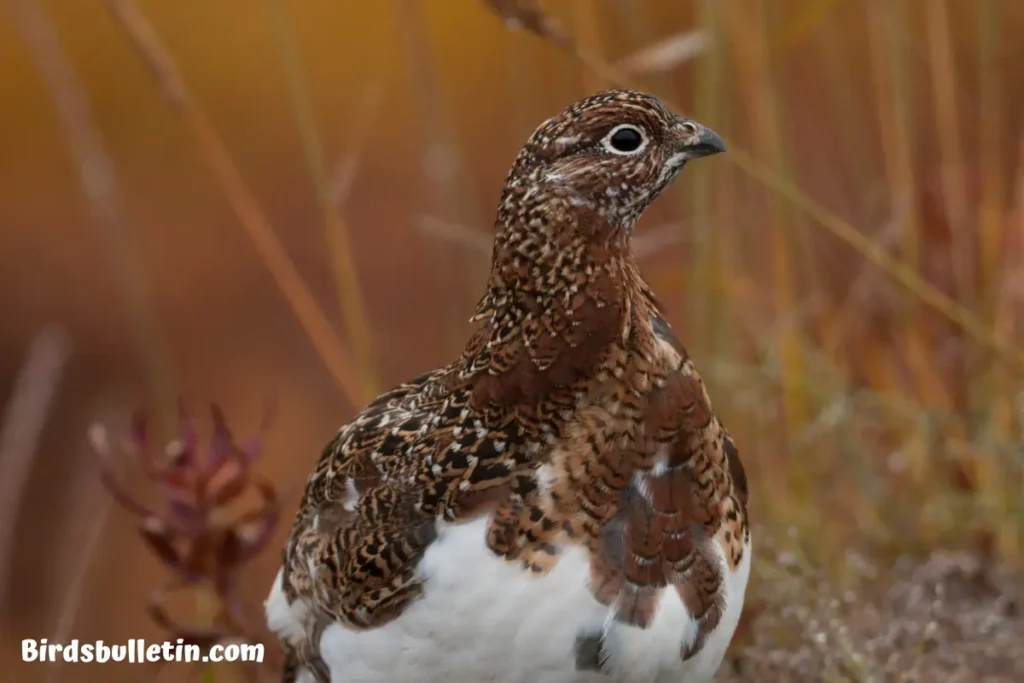
Looking for more overview about bird subspecies:
Scientific Classification
- Kingdom: Animalia
- Phylum: Chordata
- Class: Aves
- Order: Galliformes
- Family: Phasianidae
- Genus: Lagopus
- Species: L. lagopus
- Subspecies: L. l. koreni
Identification
The Kamchatka willow ptarmigan is a medium-sized, chicken-like bird with feathered feet. Its plumage goes through seasonal molts from snow white in winter to mottled brown in summer. Distinguishing features include its relatively short, curved bill and feathers covering its nostrils. The male additionally has a red comb over its eyes.
Location
L. l. koreni inhabits tundra and willow thickets from eastern Siberia across the Kamchatka Peninsula. Its range spreads from the Anadyr River basin west to the Sea of Okhotsk. It occurs from coastal regions up to elevations of 4,500 m.
Interesting Facts
- Ptarmigan chicks can walk as soon as they hatch to help avoid predators.
- The ptarmigan’s feathered feet provide insulation and aid in walking over snow.
- Ptarmigan eat willow buds and twigs in winter, supplementing their diet with berries, seeds, and insects in summer.
- The Kamchatka willow ptarmigan was named after the Kamchatka Peninsula by ornithologists Outram Bangs and Louis Agassiz Fuertes.
Status
The Kamchatka willow ptarmigan has a relatively stable population but faces some threats from habitat degradation and hunting pressures. Its remote tundra habitat provides protection, and it is not currently considered a threatened subspecies.
Conservation of Natural Habitat
Protecting intact tundra habitat is crucial for conserving L. l. koreni. Limiting development and recreation in sensitive areas helps reduce disturbance. Some hunting regulations have been implemented, and the subspecies occurs across protected areas in Siberia and Kamchatka.
Frequently Asked Questions
01. How does the Kamchatka willow ptarmigan survive the region’s extreme winters?
Thick insulating plumage, feathers on its feet, and the ability to burrow into snow allow it to endure cold Arctic winters. Fat reserves also provide energy through times of scarcity.
02. What ecological role does the Kamchatka willow ptarmigan play?
Ptarmigan are prey for tundra predators and help disperse seeds. Their grazing impacts vegetation, and their digs provide shelter for other small wildlife.
03. Why does the Kamchatka willow ptarmigan molt into white winter plumage?
Molting into white feathers provides year-round camouflage – blending into the snow in winter and the open tundra ground in summer. This helps conceal them from predators.
Summary
The Kamchatka willow ptarmigan is a subspecies of ptarmigan well-adapted to the harsh Arctic tundra of northeastern Eurasia. Its cryptic plumage and feathered feet allow it to thrive even through frigid winters. Conservation measures focused on habitat preservation aim to maintain stable ptarmigan populations.


